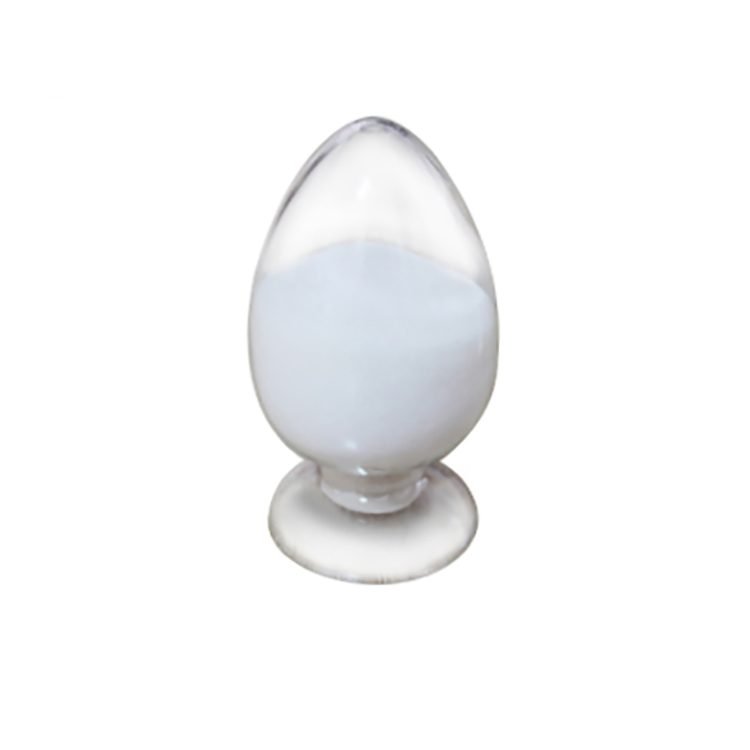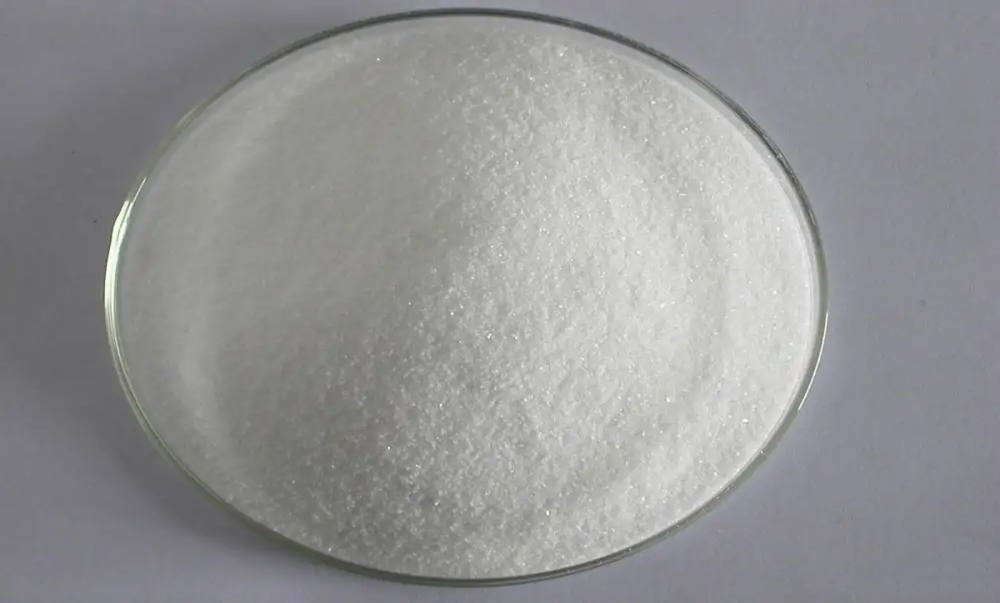As industries around the world pivot toward greener, more efficient production processes, versatile and environmentally friendly chemical additives are in high demand. One such material that has quietly gained importance across sectors is Sodium Gluconate — a biodegradable, non-toxic compound derived from glucose fermentation.
Despite its simple origin, sodium gluconate plays a critical role in industries ranging from construction and water treatment to food, pharmaceuticals, and electroplating.
What is Sodium Gluconate?
Sodium gluconate is the sodium salt of gluconic acid, commonly produced through the fermentation of glucose by microorganisms. It appears as a white crystalline powder, readily soluble in water, and is known for its:
-
Strong chelating ability, particularly with calcium, iron, aluminum, and other heavy metals;
-
Stability in high-alkaline environments, making it compatible with concrete and detergent formulations;
-
Excellent biodegradability, posing no harm to ecosystems.
These properties make it an ideal ingredient in products that demand both chemical performance and environmental responsibility.
Key Industrial Applications
1. Construction Industry: Concrete Retarder & Water Reducer
Sodium gluconate is widely used in the construction sector, particularly in ready-mix concrete and cement formulations, due to its ability to:
-
Delay setting time in hot weather conditions
-
Improve workability and fluidity of the concrete mixture
-
Act as a chelating agent to improve cement dispersion
Its use ensures better cement hydration and uniform distribution, resulting in stronger and more durable structures.
2. Industrial and Household Cleaning
Thanks to its non-toxic profile and metal ion binding capacity, sodium gluconate is a favored chelating agent in:
-
Alkaline cleaners for food processing equipment
-
Dishwashing and laundry detergents
-
Bottle washing formulations
It binds with calcium and magnesium ions to soften water, prevent scaling, and enhance cleaning performance without phosphates, aligning with eco-regulations.
3. Electroplating and Surface Treatment
In the metal finishing industry, sodium gluconate is valued for:
-
Stabilizing alkaline zinc and zinc-nickel plating baths
-
Reducing plating defects
-
Acting as a brightener additive in certain processes
Its compatibility with alkaline conditions makes it preferable in modern plating systems seeking more stable, less hazardous solutions.
4. Water Treatment
Sodium gluconate serves as a corrosion inhibitor and chelating agent in water treatment formulations. It helps:
-
Control hardness and metal precipitation
-
Prevent scale formation
-
Maintain equipment performance in cooling systems and boilers
Its biodegradability and low toxicity profile are crucial advantages for municipal and industrial users.
5. Food and Pharmaceuticals (Technical Grade Distinction)
While food-grade sodium gluconate is used as a food additive (E576) to regulate acidity and preserve color, technical-grade sodium gluconate is used in industrial settings.
Important: For industrial use, buyers should verify purity, heavy metal content, and compliance with local chemical safety standards.
Market Outlook
According to recent market research, the global demand for sodium gluconate is expected to grow steadily, driven by:
-
Urbanization and infrastructure growth in Asia, the Middle East, and Africa
-
Global restrictions on phosphates in cleaning agents
-
Increased demand for green concrete admixtures
-
Water treatment innovations in industrial operations
China remains the largest producer and exporter of sodium gluconate, offering competitive prices and scalable capacity. Exports are mainly directed to Europe, Southeast Asia, South America, and parts of Eastern Europe.
Advantages at a Glance
✅ High chelation strength
✅ Biodegradable & non-toxic
✅ Compatible with alkaline systems
✅ Improves concrete strength and workability
✅ Enhances cleaning performance in hard water
✅ Available in multiple grades (technical, food, pharmaceutical)
Packaging & Delivery
Most suppliers offer sodium gluconate in the following formats:
-
25kg woven bags with inner PE lining
-
1000kg jumbo bags for bulk use
-
Palletized and stretch-wrapped for export
-
Custom labeling and documents (COA, MSDS, TDS, Certificate of Origin) available upon request
Conclusion
Sodium gluconate may not be a headline-grabbing ingredient, but its impact is far-reaching. It exemplifies how simple, nature-derived molecules can play a central role in making industrial processes cleaner, safer, and more effective.
Whether you are formulating a next-gen detergent, stabilizing your plating bath, or optimizing concrete mix designs, sodium gluconate is a reliable, scalable, and sustainable solution worth considering.



